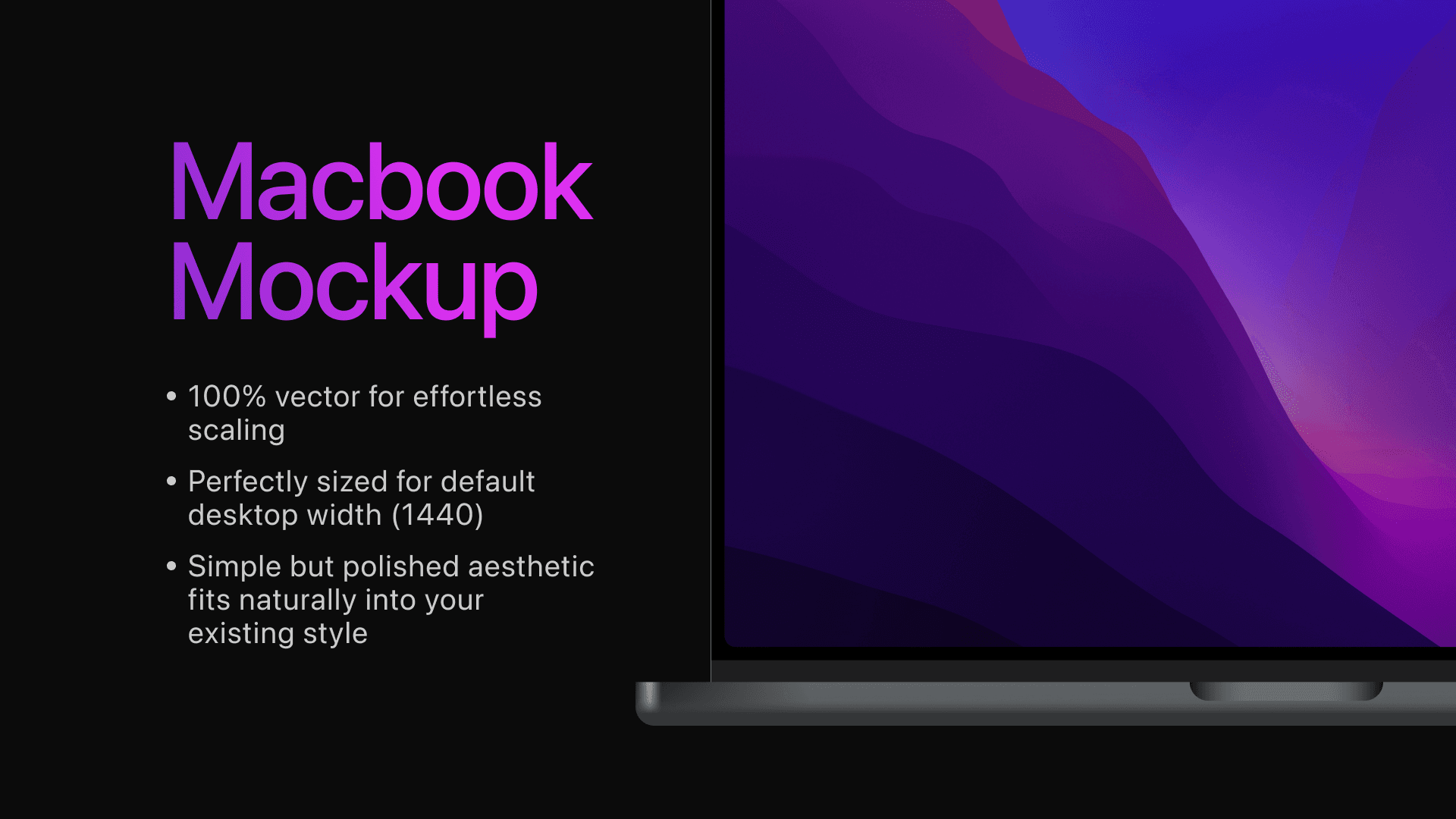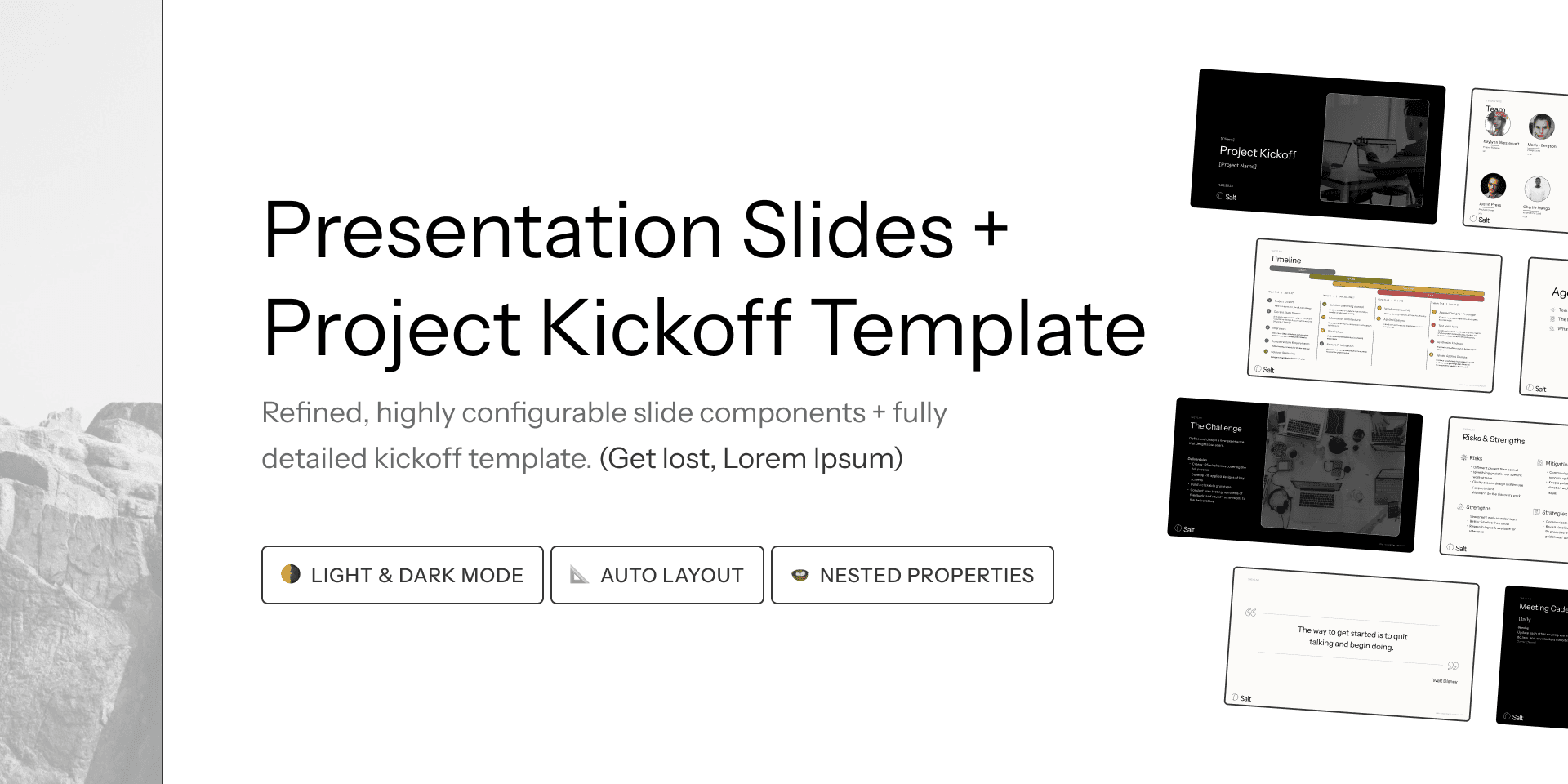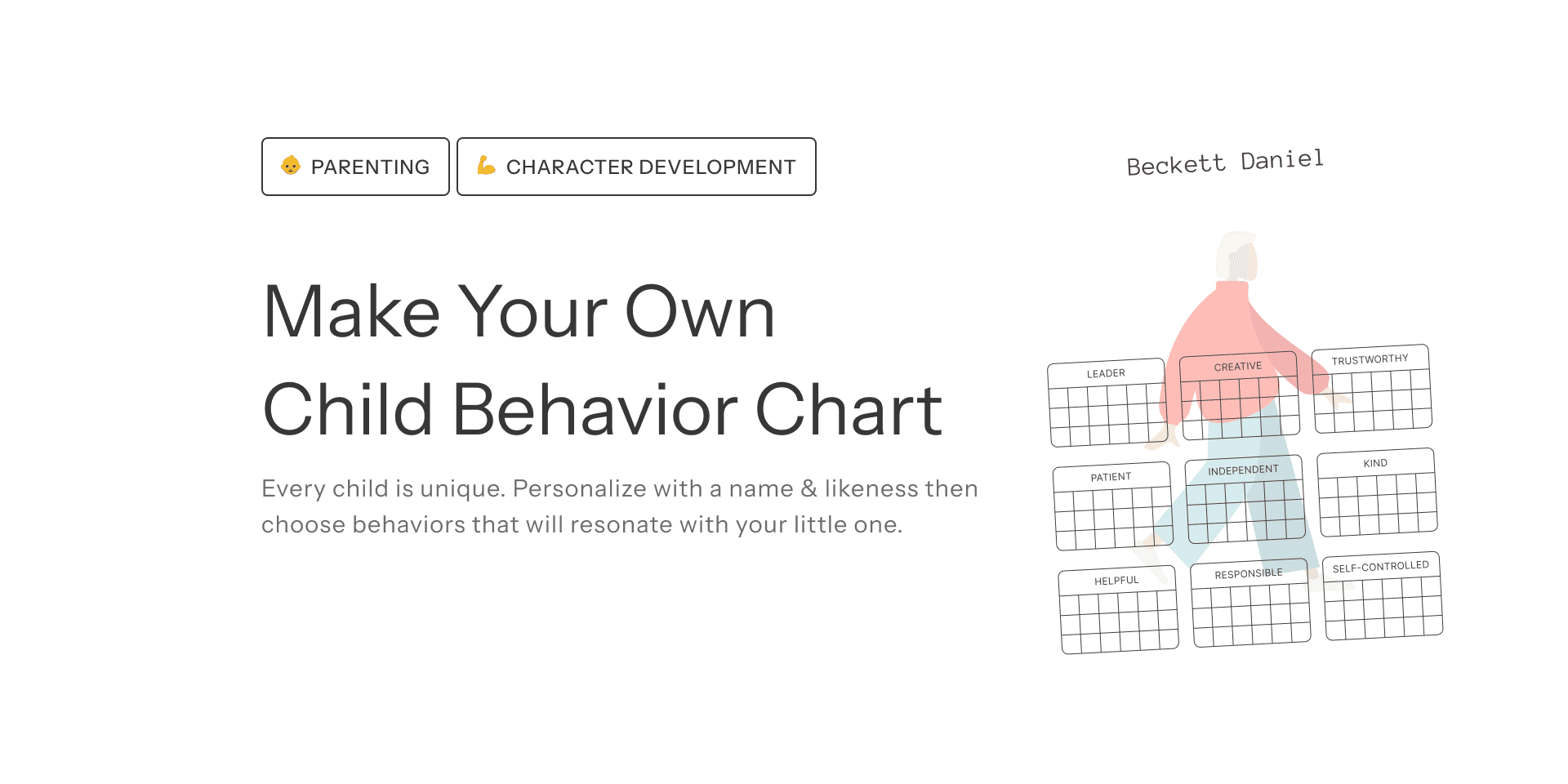Getting more from your design system
LEARN
Jan 3, 2024
Getting more from your design system
LEARN
Jan 3, 2024
Getting more from your design system
LEARN
Jan 3, 2024



Building faster than ever
If you work in tech in 2024 there is plenty to be excited about. With the meteoric arrival of generative AI, designers & developers are hitting unprecedented levels of productivity. But if you're like me, you've also noticed recurring gaps keeping each department and the overall team from reaching real harmony.
Since first being introduced in the 2000’s, design systems have been at the forefront of creating efficiency & consistency when designing, building, & ultimately using products. Especially in the last few years we’ve seen game changing new capabilities unlocked for what design systems can offer. There’s plenty of talk and hype, but where do they often fall short?
Throughout my 8 years as a product designer & consultant across a wide range of product teams, here are some of the most common design system pain points along with some tips for mitigating them.
Building faster than ever
If you work in tech in 2024 there is plenty to be excited about. With the meteoric arrival of generative AI, designers & developers are hitting unprecedented levels of productivity. But if you're like me, you've also noticed recurring gaps keeping each department and the overall team from reaching real harmony.
Since first being introduced in the 2000’s, design systems have been at the forefront of creating efficiency & consistency when designing, building, & ultimately using products. Especially in the last few years we’ve seen game changing new capabilities unlocked for what design systems can offer. There’s plenty of talk and hype, but where do they often fall short?
Throughout my 8 years as a product designer & consultant across a wide range of product teams, here are some of the most common design system pain points along with some tips for mitigating them.
Building faster than ever
If you work in tech in 2024 there is plenty to be excited about. With the meteoric arrival of generative AI, designers & developers are hitting unprecedented levels of productivity. But if you're like me, you've also noticed recurring gaps keeping each department and the overall team from reaching real harmony.
Since first being introduced in the 2000’s, design systems have been at the forefront of creating efficiency & consistency when designing, building, & ultimately using products. Especially in the last few years we’ve seen game changing new capabilities unlocked for what design systems can offer. There’s plenty of talk and hype, but where do they often fall short?
Throughout my 8 years as a product designer & consultant across a wide range of product teams, here are some of the most common design system pain points along with some tips for mitigating them.



Forgetting the why
As you get deeper into any problem area, it becomes easier to focus too much on the product. We're quick to obsess over a shiny new creation and gloss over the principal truth that a product's only value is the benefit provided when solving a problem. Combine that with a lack of alignment around how to measure success, and things start looking dire.
When this scenario plays out with design systems, we often end up with beautiful, overcomplicated systems plagued by poor adoption & time-consuming implementation.
If I asked how you measure the success and value of your design system, would you have an answer?
Don’t let time constraints, shyness about getting other departments involved, or the excitement around the actual building trick you into disregarding this crucial foundation.
Forgetting the why
As you get deeper into any problem area, it becomes easier to focus too much on the product. We're quick to obsess over a shiny new creation and gloss over the principal truth that a product's only value is the benefit provided when solving a problem. Combine that with a lack of alignment around how to measure success, and things start looking dire.
When this scenario plays out with design systems, we often end up with beautiful, overcomplicated systems plagued by poor adoption & time-consuming implementation.
If I asked how you measure the success and value of your design system, would you have an answer?
Don’t let time constraints, shyness about getting other departments involved, or the excitement around the actual building trick you into disregarding this crucial foundation.
Forgetting the why
As you get deeper into any problem area, it becomes easier to focus too much on the product. We're quick to obsess over a shiny new creation and gloss over the principal truth that a product's only value is the benefit provided when solving a problem. Combine that with a lack of alignment around how to measure success, and things start looking dire.
When this scenario plays out with design systems, we often end up with beautiful, overcomplicated systems plagued by poor adoption & time-consuming implementation.
If I asked how you measure the success and value of your design system, would you have an answer?
Don’t let time constraints, shyness about getting other departments involved, or the excitement around the actual building trick you into disregarding this crucial foundation.



The wild west
One of the trickiest parts of building effective design systems at the enterprise level is governance. When multiple teams of designers and developers are utilizing components across a suite of products, the opportunity for confusion, misuse, and the dreaded detached or hard-coded instance goes sky high.
The best design systems are built inclusively from the ground up with this risk in mind. From the beginning, designers, developers, product owners, end users, and all other stakeholders have a seat at the table. When the unique perspectives, workflows, and challenges of each stakeholder are understood, a whole new level of productivity can be realized.
Here are a few of the most influential ways I coach product teams to collaborate across departments & get the most out of their design systems:
Strong component definitions that eliminate ambiguity and reduce misuse.
Healthy documentation habits that ensure anyone on any team can get oriented and up to speed quickly.
A clear process for submitting & approving new components.
Prioritization of flexibility & simplicity over rigidity & complexity. This bullet could easily be it’s own article but simply put, everyone being able to use the system in a wide variety of use cases is far more valuable than a few specialists using one in a more heavily guard-railed way.
Audit cadences to keep chaos in check, better understand usage, and continuously improve effectiveness. Thankfully, a flurry of new tools have appeared to streamline this process, from Figma’s library usage analytics, to full-featured design system management solutions like zeroheight, Storybook, & Supernova.
End to end thinking. A modern design system is perfectly in sync from design to code and infinitely easier to manipulate system-wide. But is yours? Whether using a custom built system with a manager like I mentioned above, or a more complete system with it’s own token management like IBM’s Carbon, this is a huge opportunity I’ve noticed many organizations have yet to take advantage of.
The wild west
One of the trickiest parts of building effective design systems at the enterprise level is governance. When multiple teams of designers and developers are utilizing components across a suite of products, the opportunity for confusion, misuse, and the dreaded detached or hard-coded instance goes sky high.
The best design systems are built inclusively from the ground up with this risk in mind. From the beginning, designers, developers, product owners, end users, and all other stakeholders have a seat at the table. When the unique perspectives, workflows, and challenges of each stakeholder are understood, a whole new level of productivity can be realized.
Here are a few of the most influential ways I coach product teams to collaborate across departments & get the most out of their design systems:
Strong component definitions that eliminate ambiguity and reduce misuse.
Healthy documentation habits that ensure anyone on any team can get oriented and up to speed quickly.
A clear process for submitting & approving new components.
Prioritization of flexibility & simplicity over rigidity & complexity. This bullet could easily be it’s own article but simply put, everyone being able to use the system in a wide variety of use cases is far more valuable than a few specialists using one in a more heavily guard-railed way.
Audit cadences to keep chaos in check, better understand usage, and continuously improve effectiveness. Thankfully, a flurry of new tools have appeared to streamline this process, from Figma’s library usage analytics, to full-featured design system management solutions like zeroheight, Storybook, & Supernova.
End to end thinking. A modern design system is perfectly in sync from design to code and infinitely easier to manipulate system-wide. But is yours? Whether using a custom built system with a manager like I mentioned above, or a more complete system with it’s own token management like IBM’s Carbon, this is a huge opportunity I’ve noticed many organizations have yet to take advantage of.
The wild west
One of the trickiest parts of building effective design systems at the enterprise level is governance. When multiple teams of designers and developers are utilizing components across a suite of products, the opportunity for confusion, misuse, and the dreaded detached or hard-coded instance goes sky high.
The best design systems are built inclusively from the ground up with this risk in mind. From the beginning, designers, developers, product owners, end users, and all other stakeholders have a seat at the table. When the unique perspectives, workflows, and challenges of each stakeholder are understood, a whole new level of productivity can be realized.
Here are a few of the most influential ways I coach product teams to collaborate across departments & get the most out of their design systems:
Strong component definitions that eliminate ambiguity and reduce misuse.
Healthy documentation habits that ensure anyone on any team can get oriented and up to speed quickly.
A clear process for submitting & approving new components.
Prioritization of flexibility & simplicity over rigidity & complexity. This bullet could easily be it’s own article but simply put, everyone being able to use the system in a wide variety of use cases is far more valuable than a few specialists using one in a more heavily guard-railed way.
Audit cadences to keep chaos in check, better understand usage, and continuously improve effectiveness. Thankfully, a flurry of new tools have appeared to streamline this process, from Figma’s library usage analytics, to full-featured design system management solutions like zeroheight, Storybook, & Supernova.
End to end thinking. A modern design system is perfectly in sync from design to code and infinitely easier to manipulate system-wide. But is yours? Whether using a custom built system with a manager like I mentioned above, or a more complete system with it’s own token management like IBM’s Carbon, this is a huge opportunity I’ve noticed many organizations have yet to take advantage of.



What did I miss?
No seriously, I want to know! I love learning about how other teams are tackling these problems so consider this a formal invitation to slide into my DM's and keep the conversation going :)
What did I miss?
No seriously, I want to know! I love learning about how other teams are tackling these problems so consider this a formal invitation to slide into my DM's and keep the conversation going :)
What did I miss?
No seriously, I want to know! I love learning about how other teams are tackling these problems so consider this a formal invitation to slide into my DM's and keep the conversation going :)
More design resources
and articles
GET IN TOUCH
Got ideas?
Let's talk.
Thanks for stopping by ✌️
Made with love in Fort Worth, TX
GET IN TOUCH
Got ideas?
Let's talk.
Thanks for stopping by ✌️
Made with love in Fort Worth, TX
GET IN TOUCH
Got ideas?
Let's talk.
Thanks for stopping by ✌️
Made with love in Fort Worth, TX





